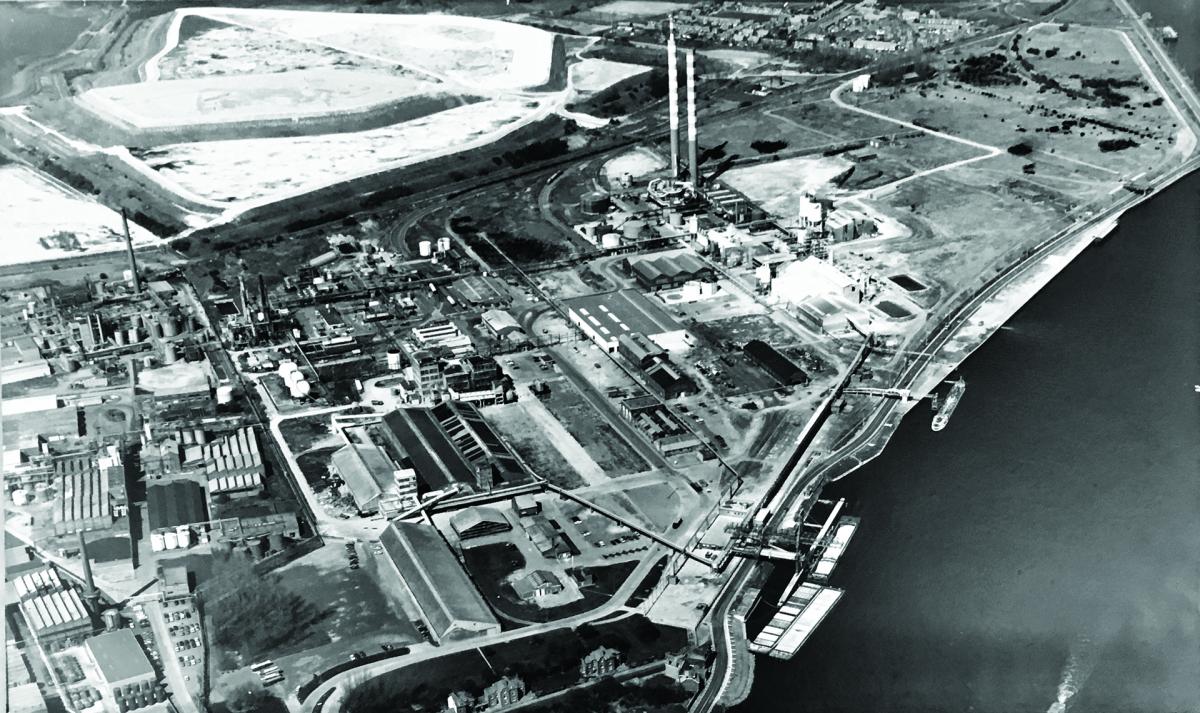Over 100 years of chemical waste make room for people and nature

Sulphuric acid factory leaves deep traces
The site along the canal Ghent-Terneuzen has a long industrial history. The French company 'Établissements Kuhlmann' established itself here in 1912 for the production of artificial fertilisers such as superphosphate, ammonium sulphate and concentrated phosphate fertilisers. To produce these fertilisers, Kuhlmann also handled the production of phosphoric acid, sulphuric acid and ammonia. The result: mountains of chemical waste. That you can take literally, as one of the most characteristic images on the site in Ghent was a large 'white mountain' of non-reusable gypsum, a by-product of the production of phosphoric acid.
In September 2009, the company went bankrupt under the name Nilefos Chemie. The heavily contaminated site was left to the receiver, along with a huge historical liability and acute environmental and safety risks. Who would dare to take this on?
Joining forces for redeveloping 148 acres
The project description fitted Envisan, the environment subsidiary of Jan De Nul Group, like a glove: taking the initiative to tackle one of the most polluted and polluting sites in Belgium and, as a responsible project developer, finding a sustainable solution for both people and nature. Together with some partner companies, we took over the sites, including the soil remediation obligation.
In 2022, the remediation works were completed. The sites were again ready for development. The port area thus regained 148 acres of industrial land in one fell swoop.
Everyone welcome: from businesses to hikers and cyclists
Envisan was responsible for the complete decontamination of the sites: we demolished the existing buildings, foundations and pipes, decontaminated soil and groundwater and transported the remaining phosphate gypsum to the neighbouring gypsum dump. The site is now divided into several lots. Multiple companies will have the opportunity to settle themselves there. We as Jan De Nul and Envisan will also set up a local hub for our logistics services and environmental activities.
We have renovated the old director's house and planted a buffer forest on the north side for a better quality of life in the neighbourhood.
